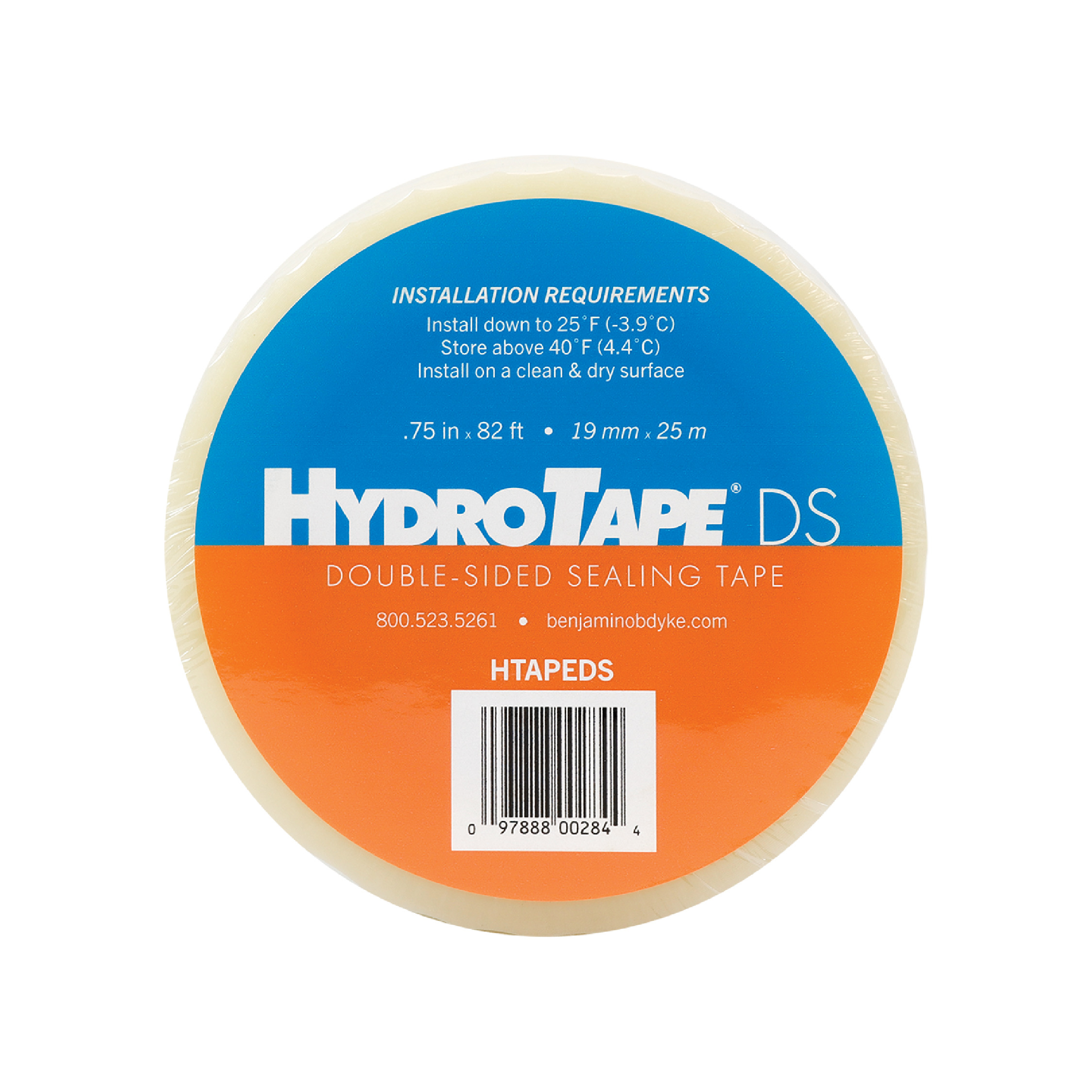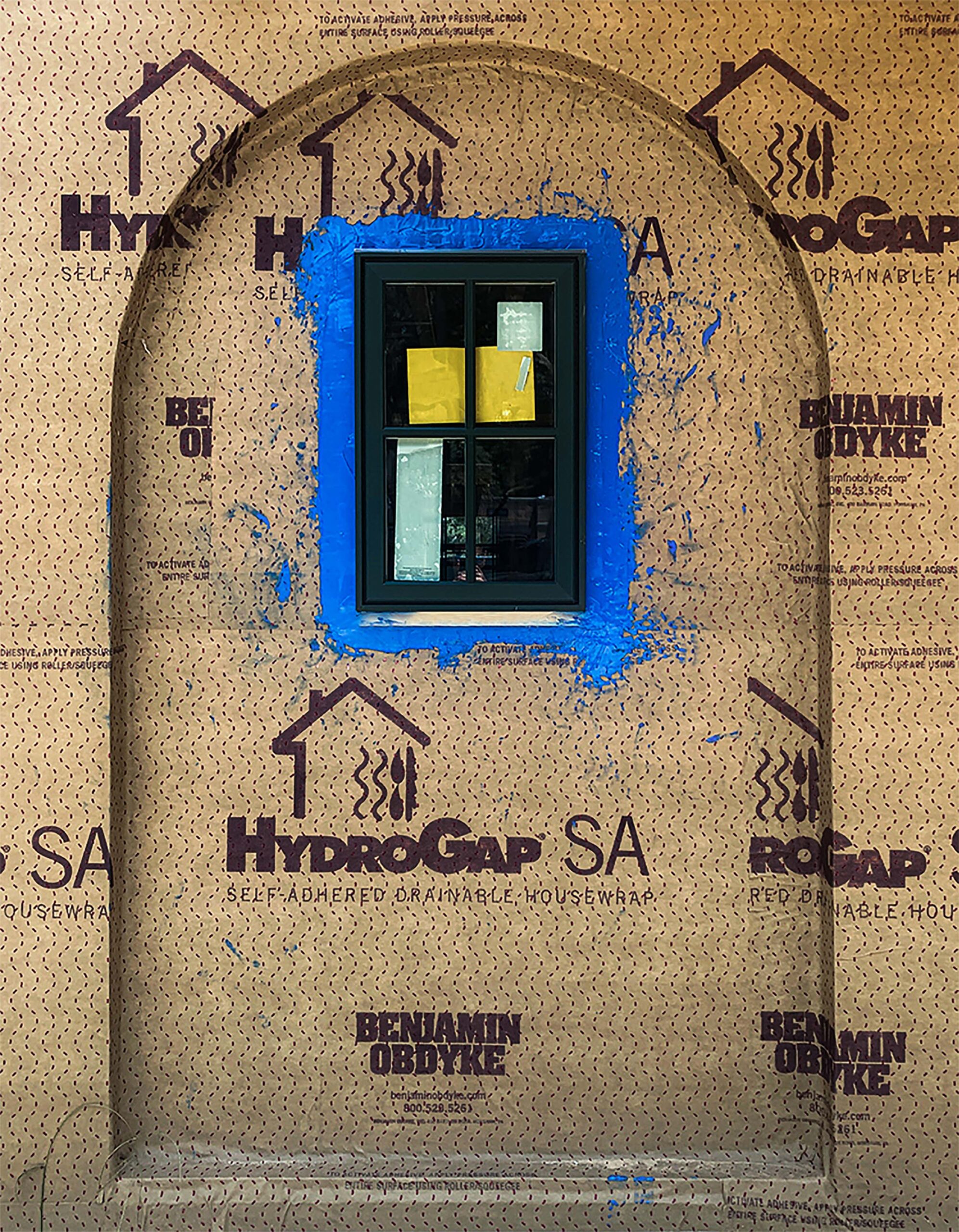In the world of building construction, every decision, no matter how small it may seem, can significantly impact a structure’s longevity and effectiveness. One topic garnering attention recently is the concept of layering housewrap. It’s a practice that sparks many questions, and while we don’t recommend layering – it does happen. Let’s dive into the details to understand the nuances, best practices, and situations where it might make sense.
Understanding the Concept of Layering Housewrap
First, let’s clarify a crucial point: the best practice for housewrap is not to layer it. Multiple layers of housewrap on a project can hinder the building envelope’s drying potential, increasing the risk of undesirable moisture-related failures, and hide water damage to sheathing or structure.
The question of layering housewrap usually arises when projects have a standard flat housewrap installed but require enhanced drainage. If budget allows, we recommend always using a rainscreen over your housewrap for maximum draining and drying potential. A rainscreen, like Slicker ®Max, is the best option for providing a drainage gap behind your cladding. Alternatively, you could consider using a drainable housewrap, like HydroGap, which provides an effective gap for drainage. However, if you find yourself in a situation where layering becomes necessary, here’s what you need to know.
One factor to consider is the length of exposure the current housewrap can handle. Most standard housewraps have a maximum UV exposure of 120 days, so if you’re creeping up on this date or have surpassed it, there is already a risk of potential underlying damage.
Additionally, you’ll want to ensure that the sheathing beneath the first layer is in good condition before adding more. The concern is that potential issues beneath the existing layer could go unnoticed, leading to long-term problems. We always advise starting with a clean slate and confirming that the sheathing is in good condition.
When it Can Make Sense to Layer Housewrap
While layering housewrap is not the ideal approach, there are specific instances where it can be justified to maximize the performance of your building envelope.
Layer Housewrap for Water Control
If you’re considering layering your housewrap to enhance water control – although this is not a practice we recommend – you’ll need to determine which of the layers is your water control layer. This is important because the housewrap that will act as your water control layer must be fully integrated into the flashing details around rough openings, windows, and doors.
Using Layered Housewrap as a Drainage Space
In some scenarios, a flat housewrap may be installed and wholly integrated with the assembly, but there’s a desire for increased drainage but not enough room in the budget to add a rainscreen. In this instance, some people will install a drainable housewrap, like HydroGap, on top. Instead of serving as the weather-resistive barrier and border control layer, HydroGap provides a dedicated space for drainage. The housewrap can be stapled on rather than fully integrated with your openings when used for this purpose.
Temporary Housewrap Layering
Project delays can be unpredictable, leaving you in a situation where your existing housewrap has surpassed its UV exposure period. We often see this in cases where siding or window delivery is delayed. In this case, purchasing an inexpensive housewrap and layering it on top to minimize UV exposure makes sense. Once your materials arrive, remove that protective layer.
Balancing Best Practices and Your Circumstance
While layering housewraps may not be the optimal choice in most situations, there are instances where it can be a viable solution. Understanding the specific circumstances, the condition of the existing housewrap, and the role of each layer in the system is crucial.
It’s essential to follow best practices and, whenever possible, prioritize a rainscreen for the best long-term water control and drainage results. As the construction industry evolves, keeping a keen eye on proper installation methods and product compatibility ensures that buildings stand strong against the test of time. Interested in keeping up with best practices, improved products, and application methods to transform the way you build? Fill out this form for more information!




